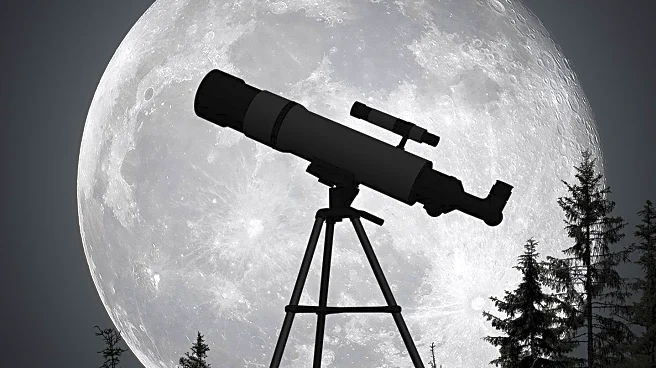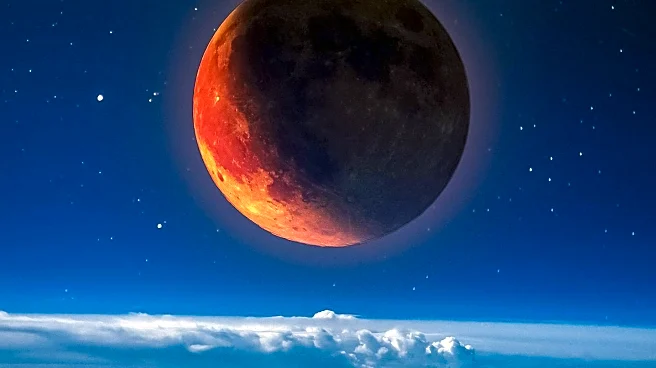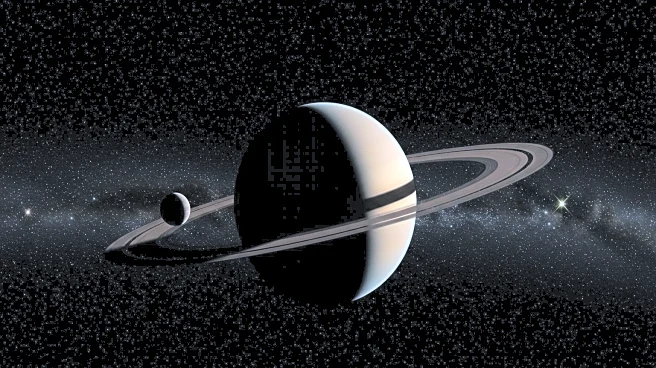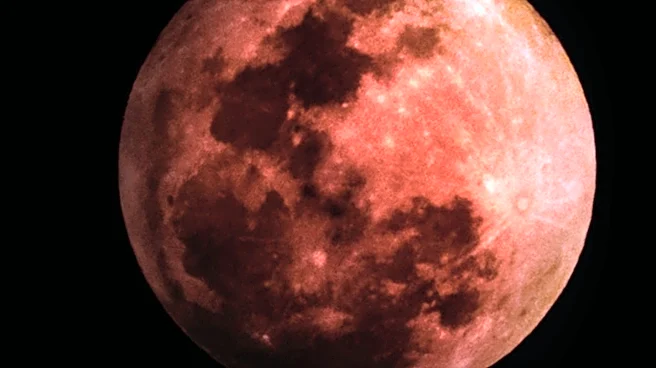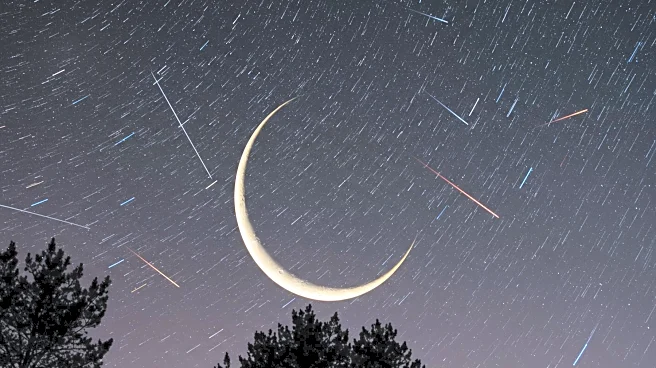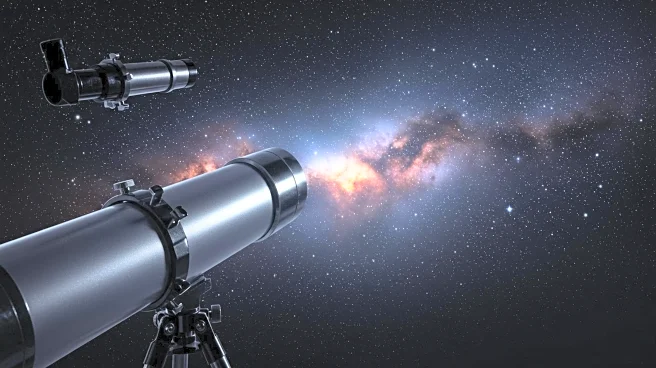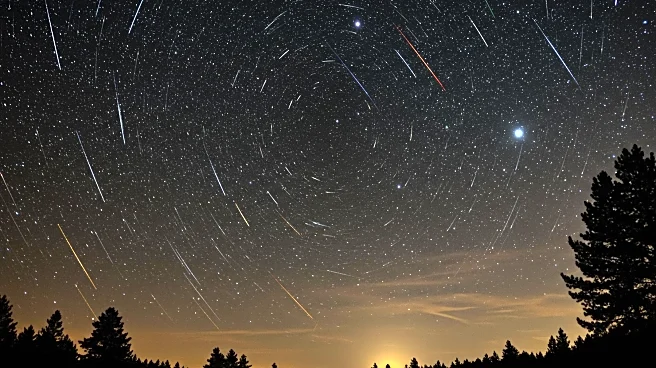Rapid Read • 8 min read
On August 23, a rare lunar event known as a Black Moon will occur, although it will not be visible to the naked eye. This event is characterized by the moon passing through its new moon phase at 2:06 a.m. EDT, positioned in the constellation Leo, just 1 degree north of the sun. A Black Moon is not an official astronomical term but is used to describe unusual timings of new moon phases. Specifically, it refers to the third new moon in a season that contains four new moons, which happens approximately once every 33 months. The last occurrence of a seasonal Black Moon was on May 19, 2023. This event is part of the summer 2025 lunar cycle, which includes new moons on June 25, July 23, August 3, and September 21.
AD
The Black Moon event is significant due to its rarity and the unique timing within the lunar cycle. While it does not offer a visual spectacle like a supermoon or lunar eclipse, it highlights the complexities of lunar phases and their alignment with the calendar. This event provides an opportunity for astronomers and skywatchers to understand the intricacies of lunar cycles and their impact on seasonal changes. The occurrence of a Black Moon can also influence cultural and astrological interpretations, as it is often associated with new beginnings and introspection.
Following the Black Moon, the moon will reappear as a thin crescent on the evenings of August 24 and 25. Skywatchers can look towards the western horizon about 30 to 40 minutes after sunset to observe this delicate silver arc. This reappearance marks the moon's transition from its invisible phase, offering a beautiful sight for those interested in lunar observations. Additionally, the next occurrence of a Black Moon, defined as the second new moon in a single calendar month, is expected on August 31, 2027.
The Black Moon event, while not visually observable, underscores the importance of understanding celestial mechanics and their influence on Earth's natural cycles. It serves as a reminder of the intricate dance between the Earth, moon, and sun, and how these interactions shape our perception of time and seasons. This event may also inspire interest in astronomy and encourage individuals to explore the night sky, fostering a deeper appreciation for the universe.
AD
More Stories You Might Enjoy
